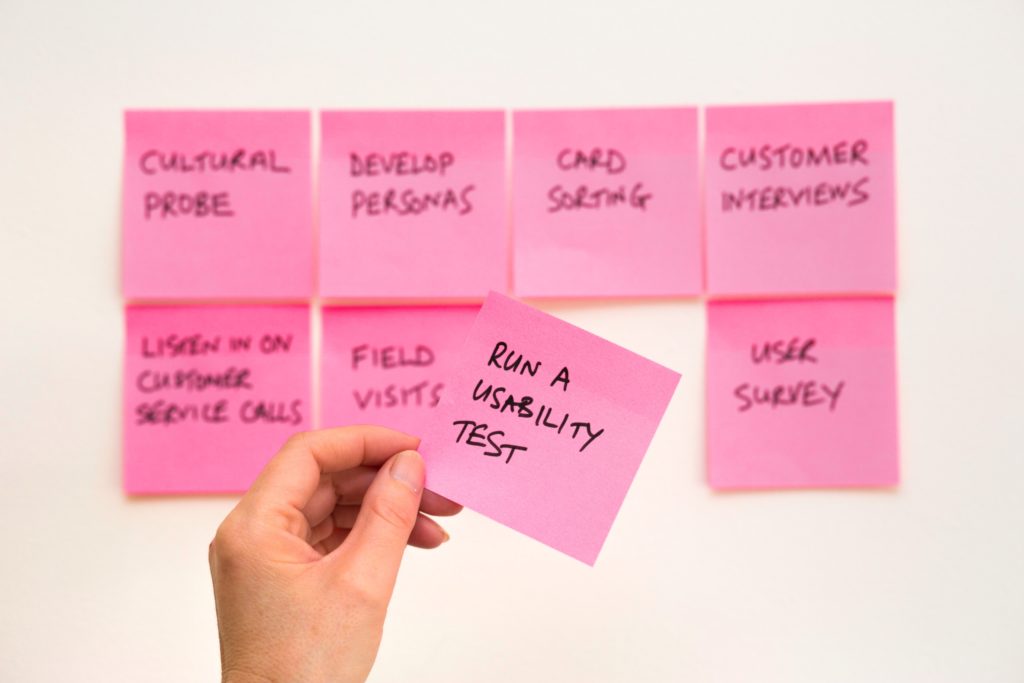Photo by Startup Stock Photos from Pexels
Any innovation life cycle starts with identifying a bold, new idea. But how can you bring that idea to life? When it comes to innovation implementation, you can exponentially improve your odds of success by running an innovation pilot.
An innovation pilot is a specific and focused test stage that sits between your initial proof of concept and a full rollout. By this point, you’ve already developed your process or technology with the input of individual stakeholders, so the goal of this stage is to stress-test its actual use in a representative, controlled environment.
By investing proper resources into this critical stage, you can:
- Preempt the complexities and risks of full-scale implementation
- Solicit valuable, honest feedback from future users and participants
- Understand the messaging and education necessary for successful uptake
- Collect data to support a business case for investment
RELATED ARTICLE: 701 VIDEO IDEAS INFOGRAPHIC PLUS 5 TIPS FOR BETTER BRAINSTORMING
Some Key Points to Consider When Running an Innovation Pilot
Here are the five key points to consider when running an innovation pilot:
1. Put Engagement First
Testing an idea is more than just seeing if it’s theoretically possible. You also need to consider the environment in which the idea is going to come to life.
Every innovation pilot needs a good narrative, grounded in empathy for your user. Make sure you understand the “why” as well as the “what” and the “how.” Additionally, be sure that you can explain it clearly.
You should also think about diversity: Who does this new process or product serve, and is it a fit for everyone? What’s more, you need to test your assumptions.
2. Define Your Approach
The great thing about pilots is that you can (and should) run more than one! However, it’s essential that you know what it is that you’re changing each time. Are you testing the design? Or exploring cultural fit?
Every pilot stage needs a strong hypothesis and a methodology that challenges its assumptions. If you’re right about everything the first time, you’re not being bold enough.
3. Set Expectations
One purpose of a pilot is to create a strong business case to take to your senior management, particularly if a full roll-out requires significant investment. However, that doesn’t mean that a pilot has to be perfect straight away.
It’s unlikely that a pilot will provide a clear return on your investment. Therefore, resist making ROI your key metric. Be careful not to over promise. Instead, try to prove a point or answer a question.
4. Plan for Delivery
A pilot is never going to be perfect, particularly if you’re trying to create meaningful shifts in your organization. Remember that slow and steady can be much more effective than hurried and abrupt.
It’s important to also use this period to figure out not only what you want to change, but also how you’re going to deliver this change across your business. Take responsibility for seeing the process through, and pay attention to feedback every step of the way.
5. Fail Fast, Move On
If every pilot works the first time, you’re playing it far too safe. After all, the whole point of trialing your ideas on a small scale is to experiment.
It’s important to know what both success and failure mean to you. If there’s no value, let it go and move on. If it fails, pull out what you can learn from it. But don’t invest any more time than you have to on bad ideas. In case you are using idea management software for capturing ideas, there is a constant flow of new ideas that you could be trialing.
Top Tips for Running an Innovation Pilot
- Start with the end in mind. Clearly define your critical success factors before you begin, ensuring that they’re reasonable, meaningful and measurable.
- Pilot early. The longer you wait to run an innovation pilot, the less agile you can be. Edit your initial ideas with care and start iterating sooner rather than later, on a smaller scale if necessary.
- Think big picture. When building a test group, try to account for any factors that might influence the full scale implementation of your idea.
About the Author
Owen Hunnam is CEO and a co-founder of Idea Drop. Owen has extensive experience and knowledge in digital technology. His expertise in business development and relationship management leads to agile innovation. He is skilled in management and in embedding innovation culture within large organizations. Owen works with global Fortune 500 companies to help them harness the collective intelligence of their employees.


